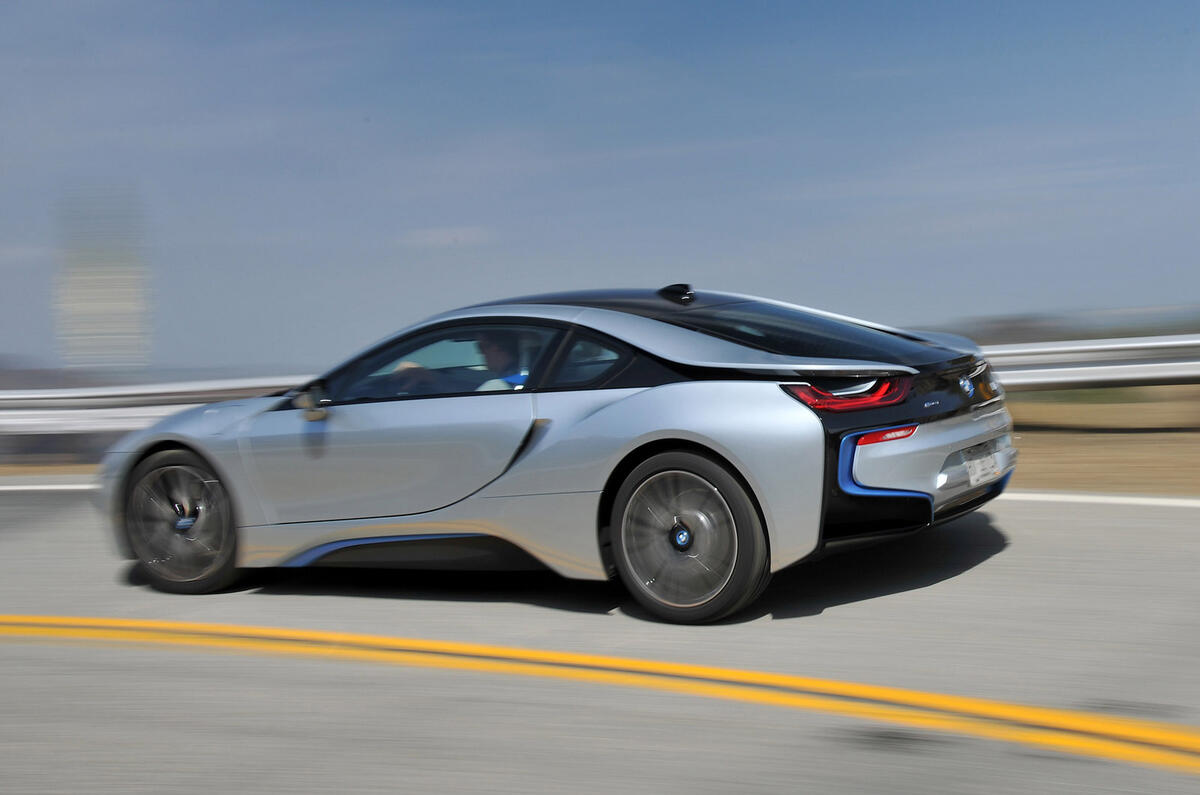Rarely have I felt more like a Luddite than when filing our first drive on the BMW i8 on Saturday evening. Concluding that this daring sporting debutant doesn’t quite cut the mustard must look uncharitable in the extreme, given how close the i8 gets to cars like the Porsche 911 and Audi R8 on performance, driver thrill and entertainment value. But it’s a fact nonetheless.
I’ll concede that, as long as you think this car belongs in its own niche-within-a-niche, you could easily consider it the best sports car in the world; a five-star product. It’s just not the job of an Autocar road tester to think like that. Sports cars should be built to entertain. And, while they may not have half the sustainable sophistication of the i8, there are other £100,000 sports cars that’ll entertain you better. Simple as.
I’m amazed that so many comments on our review referred to real-world fuel economy. It’s certainly not like sports car drivers to care much whether their 911 GT3 or Nissan GT-R does better than twenty-to-the-gallon. But just in case BMW’s right to imagine a brighter future where wealthy thrill-seekers will suddenly turn environmentally conscious, we’ll address the issue.
I had two fairly lengthy stints at the wheel of the i8, on mixed routes through canyons, along boulevards and into the city. I was driving with plenty of spirit, but nothing like you might on a track day, for example. On both occasions, the car finished with charge in its lithium ion batteries. And on both occasions, the i8 returned roughly 25mpg. Those were American gallons, mind: so that’s 30mpg imperial. Probably 25 per cent better than an equivalent combustion-engined machine might have returned – but no revelation.
Which neatly sums up the way I feel about the i8 now. The more plug-in electric vehicles like this I drive, the more I’m convinced that manufacturers should think long and hard about the advantages and limitations of batteries and electric motors before applying them to whichever segment of the car market they’re considering at the time. Whisper-quiet, big-on-torque electric motors suit a luxury saloon like the Tesla Model S down to the ground, because they’re perfect for the purposes that luxury saloons are meant to serve. But they don’t produce power at high revs nearly so well – which matters much more in a proper driver’s car.








Join the debate
Add your comment
Partly agree...
I totally disagree with artill: the tester has said its about 25% more fuel efficient than a standard comustion engined car. if you drive it hard of course CO2 emmisions will be high buth then so would very car!
I don't know what to make of this car..
Built to dodge tax